With over 80% of marketers worldwide integrating artificial intelligence (AI) into their online marketing activities, chances are you’ve encountered an AI tool by OpenAI.
What is OpenAI, you wonder? OpenAI is a private AI research lab established in 2015 to develop general AI (also called AGI) that can benefit humanity.
If you want to know more about OpenAI, feel free to jump into these topics that this blog post will cover:
Our digital marketing campaigns impact the metrics that improve your bottom line.
See More Results 
WebFX has driven the following results for clients:
$3 billion
In client revenue
7.8 million
Leads for our clients
5.2 million
Client phone calls
What is OpenAI?
OpenAI is an AI research laboratory that aims to develop safe AGI that benefits humans. It collaborates with other organizations and researchers to further its goal.
OpenAI’s research and patents are open to the public, save for some exceptions that can potentially impact safety.
Founded in 2015, OpenAI is headquartered in San Francisco. Sam Altman, one of its founders, is currently its CEO.
OpenAI’s history: A timeline
OpenAI was initially founded as a non-profit organization in 2015. Here’s a look at OpenAI’s history:
2015: OpenAI was born
OpenAI was founded in December 2015 as a non-profit organization with a pledge of more than $1 billion by tech icons:
- Sam Altman
- Greg Brockman
- Reid Hoffman
- Jessica Livingston
- Elon Musk
- Peter Thiel
- Amazon Web Services
- Infosys
- YC Research
The organization announced it’s open to collaborate with other researchers and making its patents open to the public.
2016: OpenAI revealed its first AI offering
In April 2016, OpenAI released OpenAI Gym, a toolkit for developing and comparing reinforcement learning (RL) algorithms.

OpenAI then released Universe, a software that measures and trains an “AI’s general intelligence across the world’s supply of games, websites, and other applications” in December 2016.

2018: OpenAI introduced GPT to the world
In June 2018, OpenAI published the report “Improving Language Understanding by Generative Pre-training.” The paper introduced the idea of generative pre-trained transformers (GPTs) to the world.
Elon Musk left OpenAI’s board in the same year.
2019: OpenAI became a for-profit organization
OpenAI became a for-profit group and distributed equity among its employees.
In July 2019, OpenAI and Microsoft teamed up, with Microsoft investing $1 billion to build AGI with “widely distributed economic benefits.”
2020 onward: OpenAI unveiled GPT-3 and other products
OpenAI began introducing AI products, which we’ll discuss in the next section:
In January 2023, OpenAI and Microsoft announced they are extending their partnership. It’s the third phase of the duo’s long-term partnership, which came with a multibillion-dollar investment.
The goal? To drive AI breakthroughs that are beneficial to the world.
A month later in February 2023, Microsoft launched an AI-powered Bing search engine and Edge browser. The new Bing runs on GPT-4, Microsoft announced on its blog in March 2023. Also released this year is Microsoft’s Bing Image Creator, which is powered by OpenAI’s DALL-E model.
What are OpenAI projects?
Since its inception in 2015, OpenAI has released remarkable projects. Here’s a look at them:
1. GPT-4
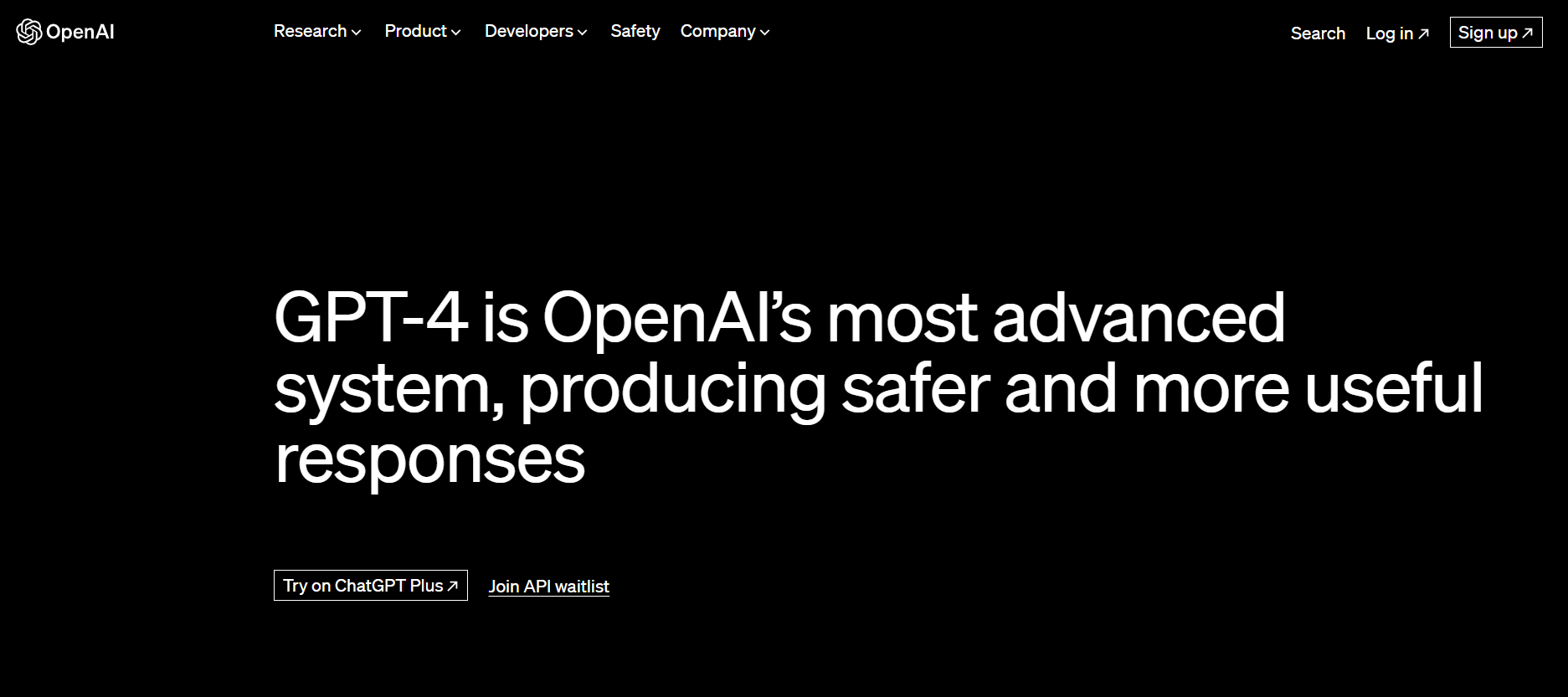
GPT-4 is a language model that can process and generate human-like responses. As of this writing, GPT-4 is the most powerful language model.
Trained on Microsoft Azure AI supercomputers, GPT-4 is a large multimodal model that can process image and text inputs, and generate text outputs. OpenAI claims that GPT-4 produces “safer and more useful responses.”
2. OpenAI API
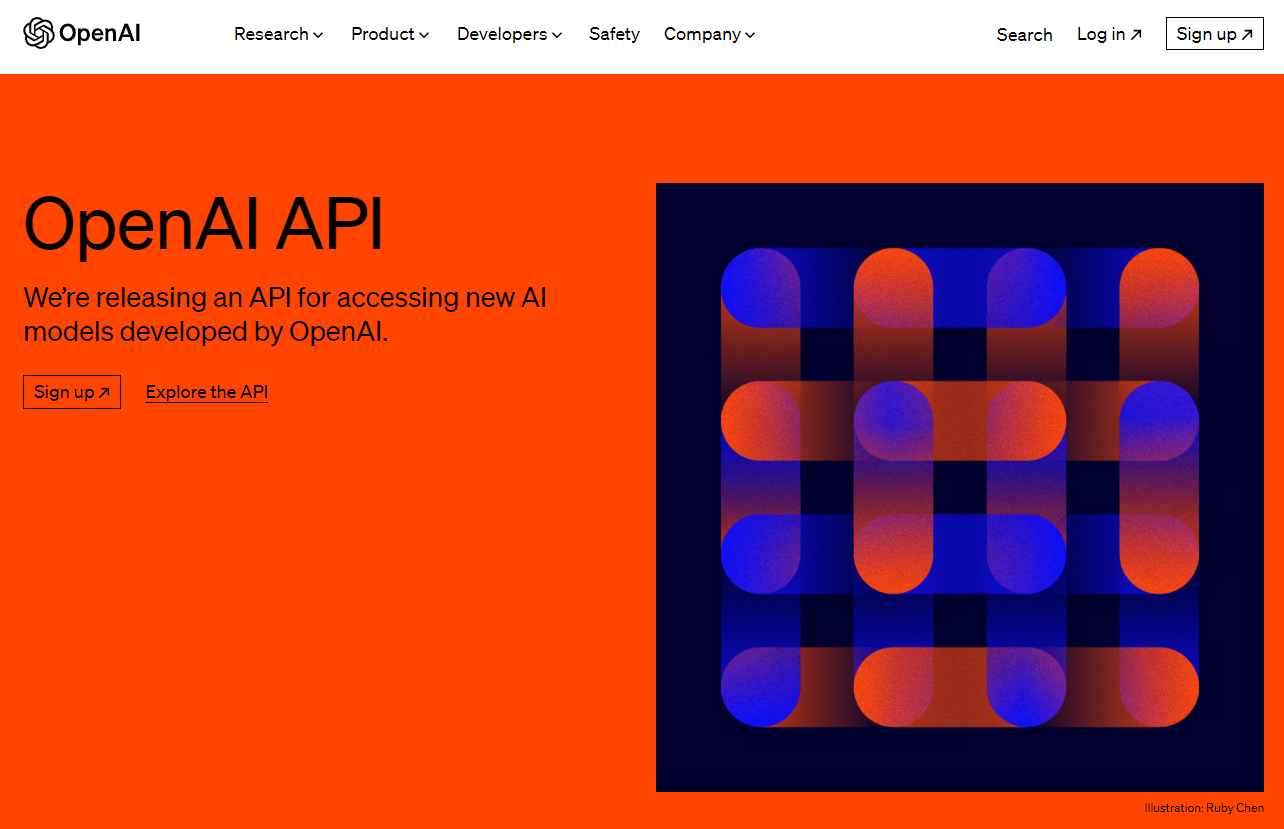
OpenAI API is an interface to enable users to access new AI models developed by the company, such as DALL-E and GPT-3. The API provides a general-purpose text-in, text-out interface so users can try it on any English language task.
3. DALL-E and DALL-E 2

DALL-E and DALL-E 2 are generative AI models that can create realistic images and art based on users’ descriptions. Launched in 2021, DALL-E has a more recent version called DALL-E 2.
A partially free tool, DALL-E is a helpful tool for marketers to ideate physical products or to spark creative ideas.
4. CLIP
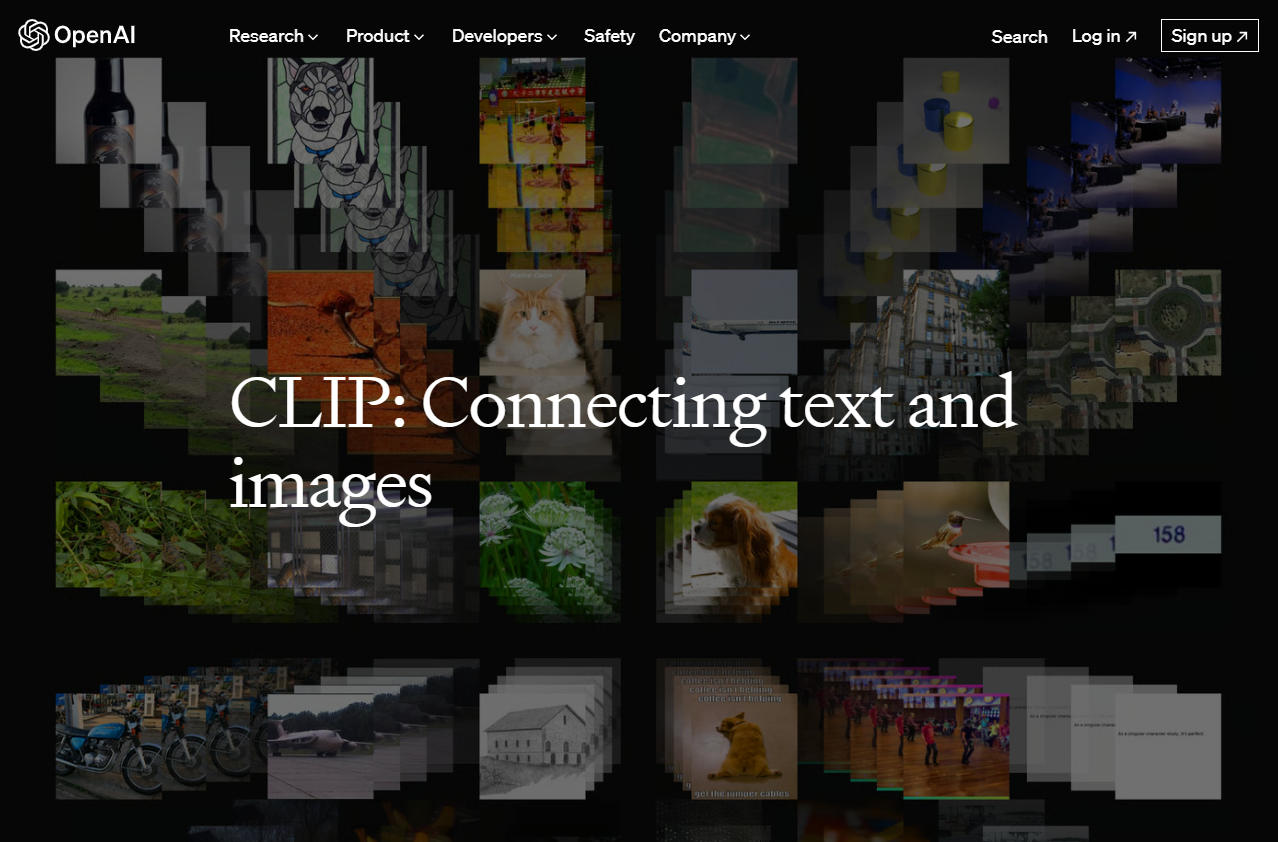
CLIP stands for Contrastive Language-Image Pre-training. It is a neural network that learns visual concepts from natural language supervision. It can learn from both images and text.
While DALL-E generates images using descriptions, CLIP performs the task backward: CLIP can write a description for an image.
5. ChatGPT

Perhaps OpenAI’s most popular product, ChatGPT is an AI-powered chatbot that uses natural language processing (NLP) so you can converse with it as if it’s human. ChatGPT can answer questions and write code. It was launched in 2022.
Reinforcement learning with human feedback (RLHF) provides human feedback to ChatGPT, teaching it to follow instructions and provide helpful responses.
6. Codex
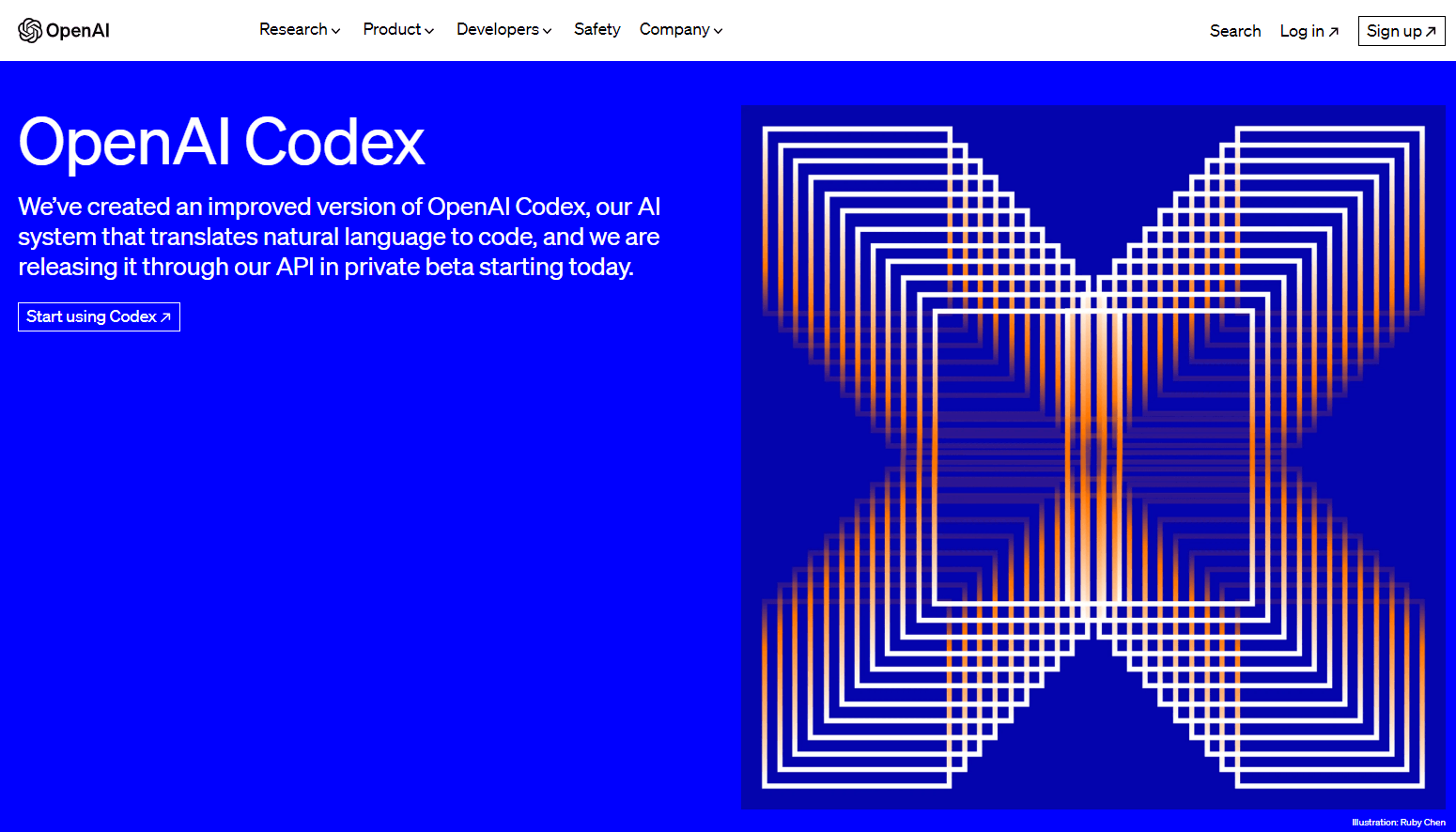
Launched in 2021, Codex is an AI system that translates natural language to code. It was trained on billions of lines of code in different programming languages to simplify developers’ coding processes.
Based on GPT-3 technology, Codex writes code instead of text by turning English instructions into coding languages. Codex powers GitHub Copilot, a cloud-based AI tool that offers autocomplete-style suggestions when you’re coding.
7. Whisper

Launched in 2022, Whisper is an automatic speech recognition tool. It was trained on 680,000 hours of multilingual audio data. It can perform multilingual speech recognition, translate speech translation, and identify a language.
What’s next for OpenAI?
According to OpenAI’s website, the company’s mission is to make sure AGI is safe and beneficial to all of humanity. OpenAI’s charter also underscores the company’s commitment to do research to ensure AGI is safe. It also encourages the AI community to undertake such research.
True to its principles, OpenAI launched its Cybersecurity Grant Program in June 2023. It’s a $1 million initiative that fosters high-level AI and cybersecurity discourse.
OpenAI’s blog post states, “Our goal is to work with defenders across the globe to change the power dynamics of cybersecurity through the application of AI and the coordination of like-minded individuals working for our collective safety.”
The New York Times has also reported that Sam Altman, OpenAI’s CEO, called for AI to be regulated in private meetings with members of the U.S. Congress and other government officials. Mr. Altman also testified at the Senate hearing about A.I.’s risks and provided regulatory ideas.
We foster and form long-term partnerships so that your business has long-term results.
Over 90% of WebFX clients continue partnering with us into year 2 of their campaign.
Hear from Our Happy Customers 
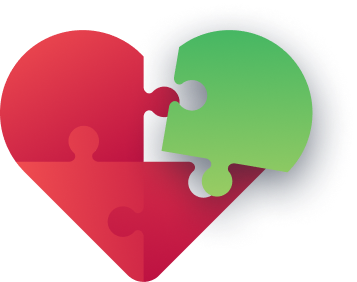
Learn more about AI and how it can help your business
If you want to learn more about OpenAI, AGI, and how AI tools can propel your business to greater heights, consider teaming up with WebFX. We’re a full-service digital marketing agency with over 25+ years of experience.
Contact us online or call us at 888-601-5359 to speak with a strategist about our digital marketing services!